Effective tissue regeneration and remineralisation*
> High release of Calcium hydroxide ions (Ca²⁺), due to its MTA composition
Practical handling and insertion into the dental cavity
> High cement plasticity, thanks to the fine hydrophilic mineral oxide particles
One-session treatment
> Setting time 15 min
Dentist’s preference
> Choice of cement consistency, with 2 mixing modes (manual and automatic)
> Economical single-dose packaging
· Treatment of root canal and furcation perforations, caused by carious or iatrogenic lesions
· Treatment of root perforations, caused by internal resorption
· Pulp capping
· Pulpotomy
· Apexogenesis
· Apexification
· Periapical surgery with reverse filling
Log in to your partner area to access additional documents
*Gandolfi, MG. (2014). Ion release, porosity, solubility, and bioactivity of MTA Plus tricalcium silicate. J Endod, 40(10), pp.1632-7.
Here, we share our case studies, clinical studies and many other supports that will help you in your daily practice.
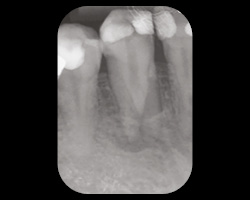
Dr Massimo Giovarruscio
Lower canine with two roots and more than one canal. Irreversible pulpitis diagnosed, requiring root canal treatment (periapical inflammation).
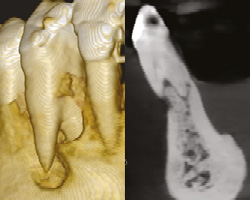
Dr Massimo Giovarruscio
Additional short medial canal (CBCT scan), suggesting the use of a calcium silicate hydraulic material (MTA), which is easier to apply in this complex anatomy.
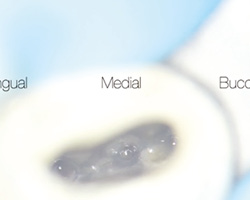
Dr Massimo Giovarruscio
Surgical microscope: additional short median canal between buccal and lingual roots.
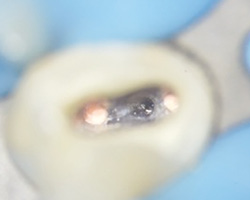
Dr Massimo Giovarruscio
Filling of buccal and lingual canals by hot vertical compaction with Bioseal MTA filling cement and gutta- percha.
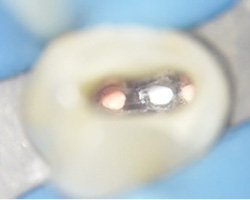
Dr Massimo Giovarruscio
Obturation of the median canal with MTA Biorep.
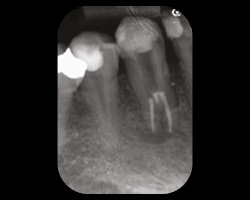
Dr Massimo Giovarruscio
Radiograph after obturation.
This site is strictly reserved for oral health professionals.
By clicking “I confirm”, I certify I am an oral health professional.